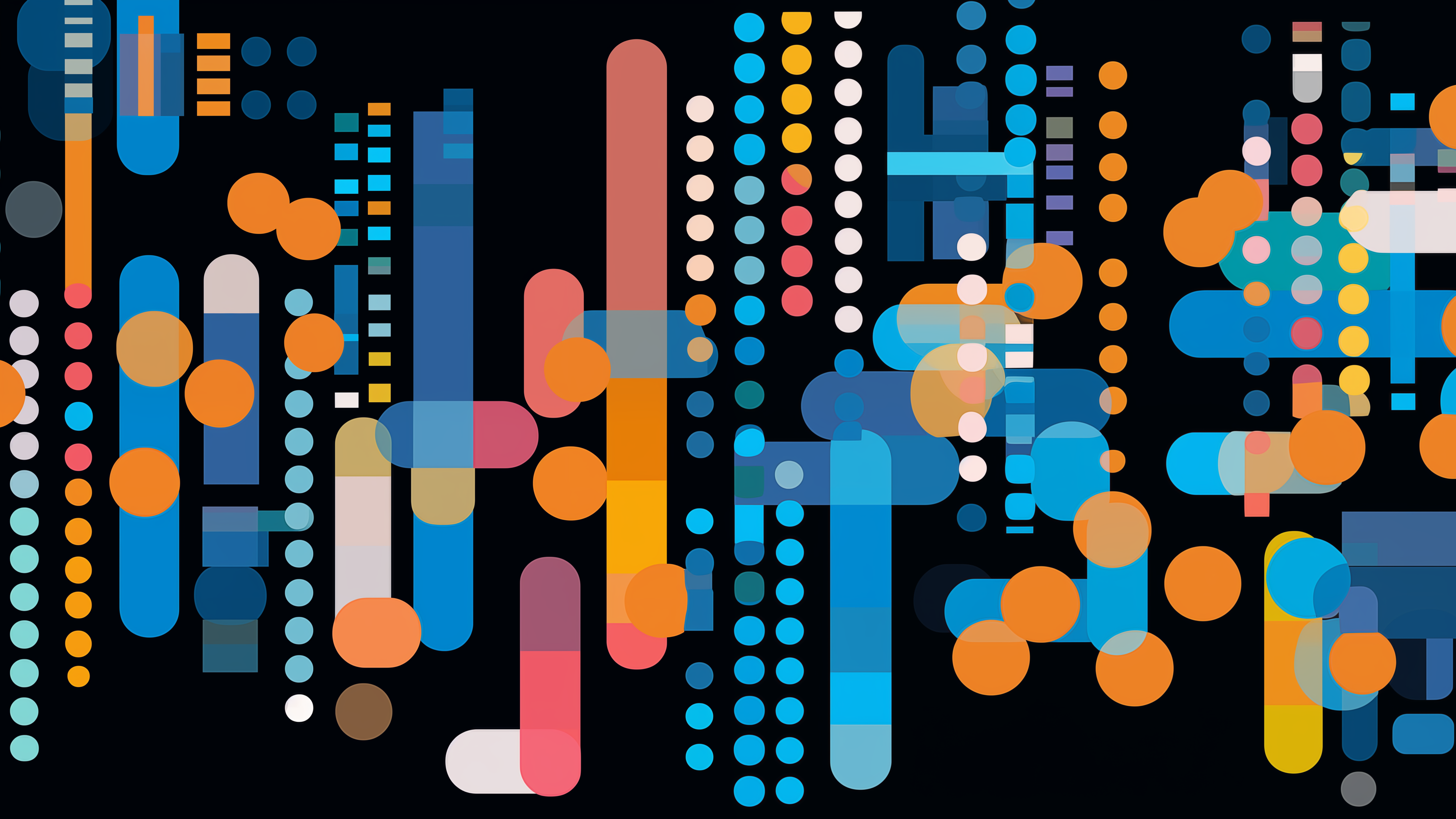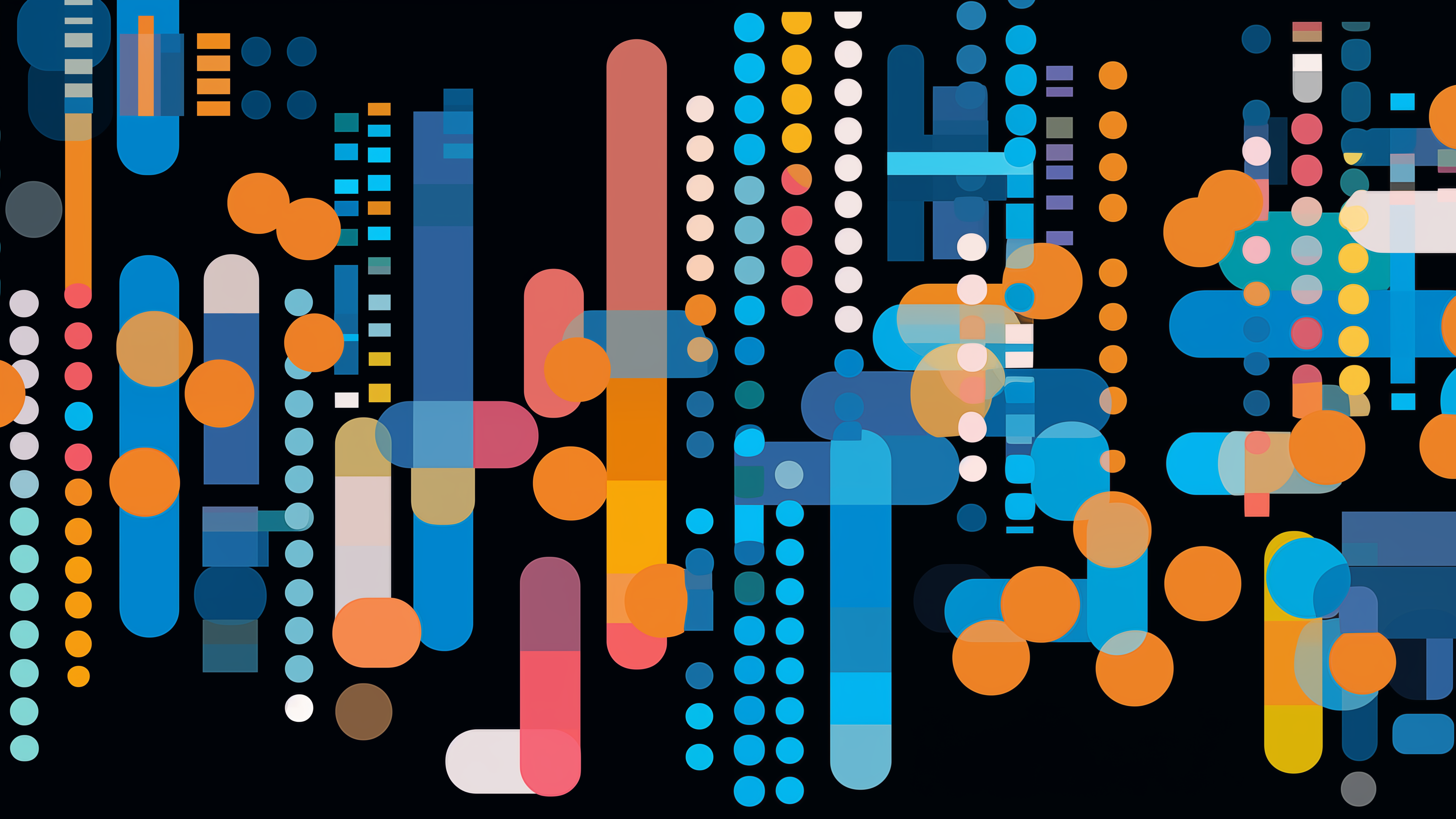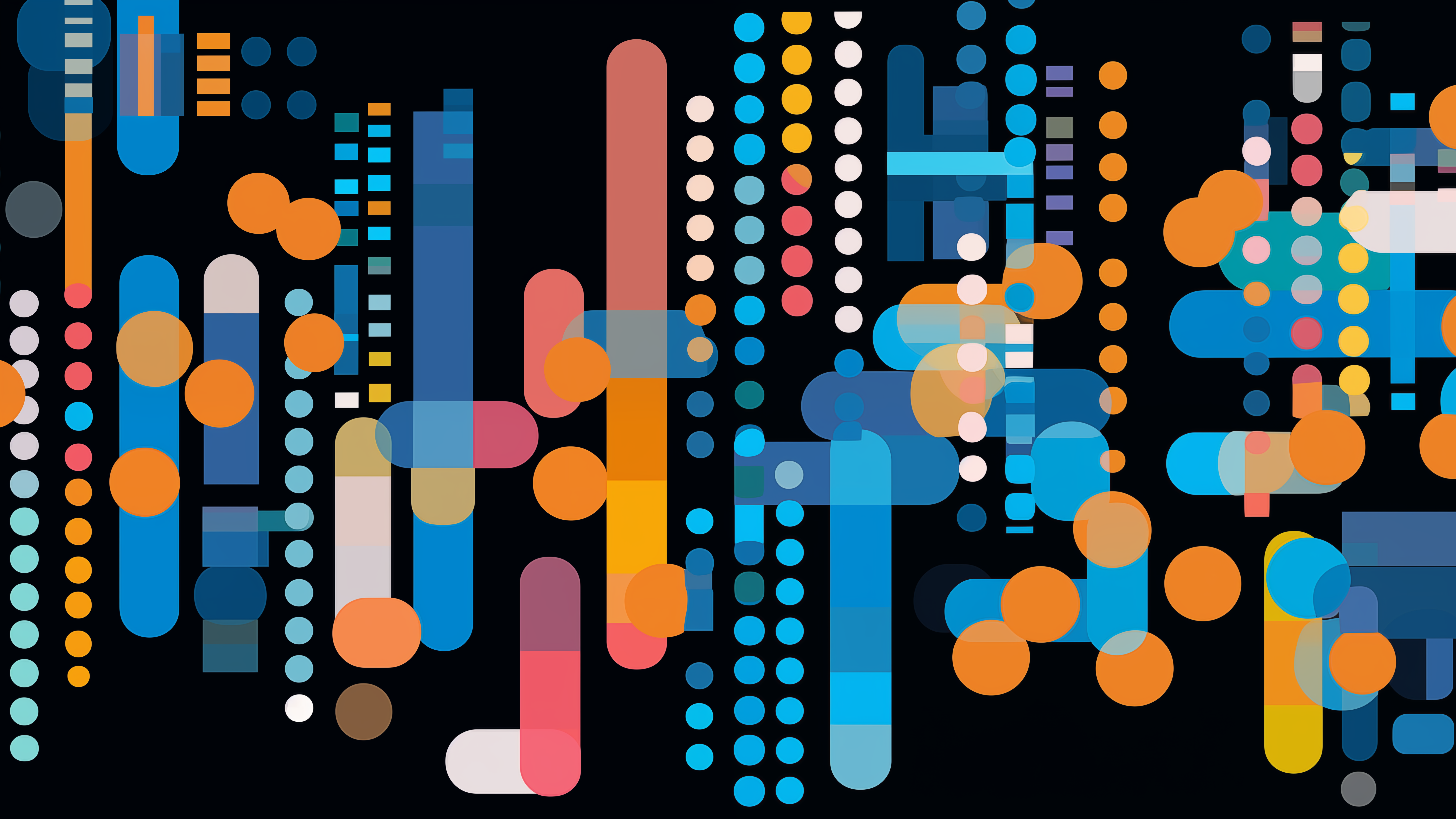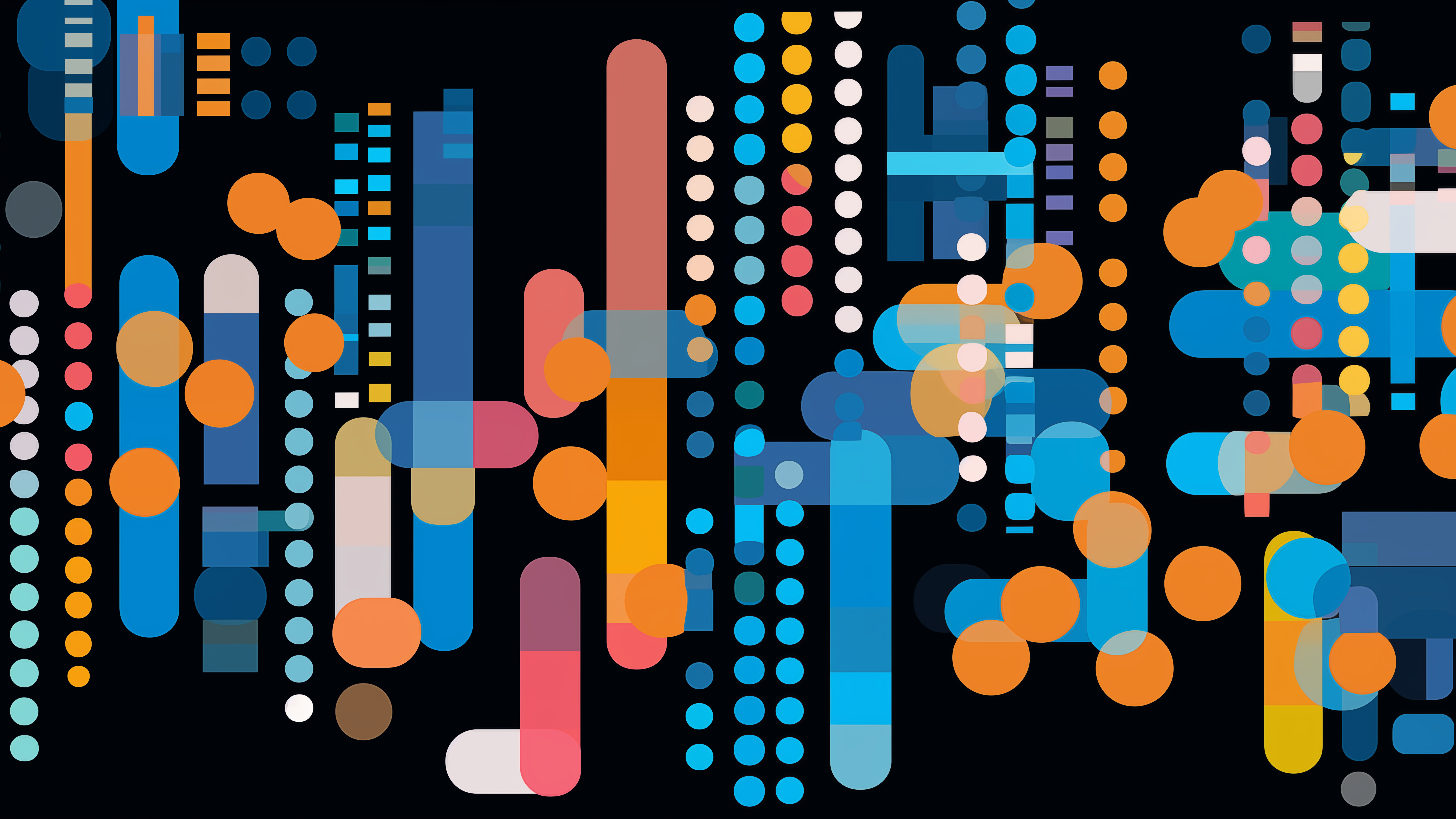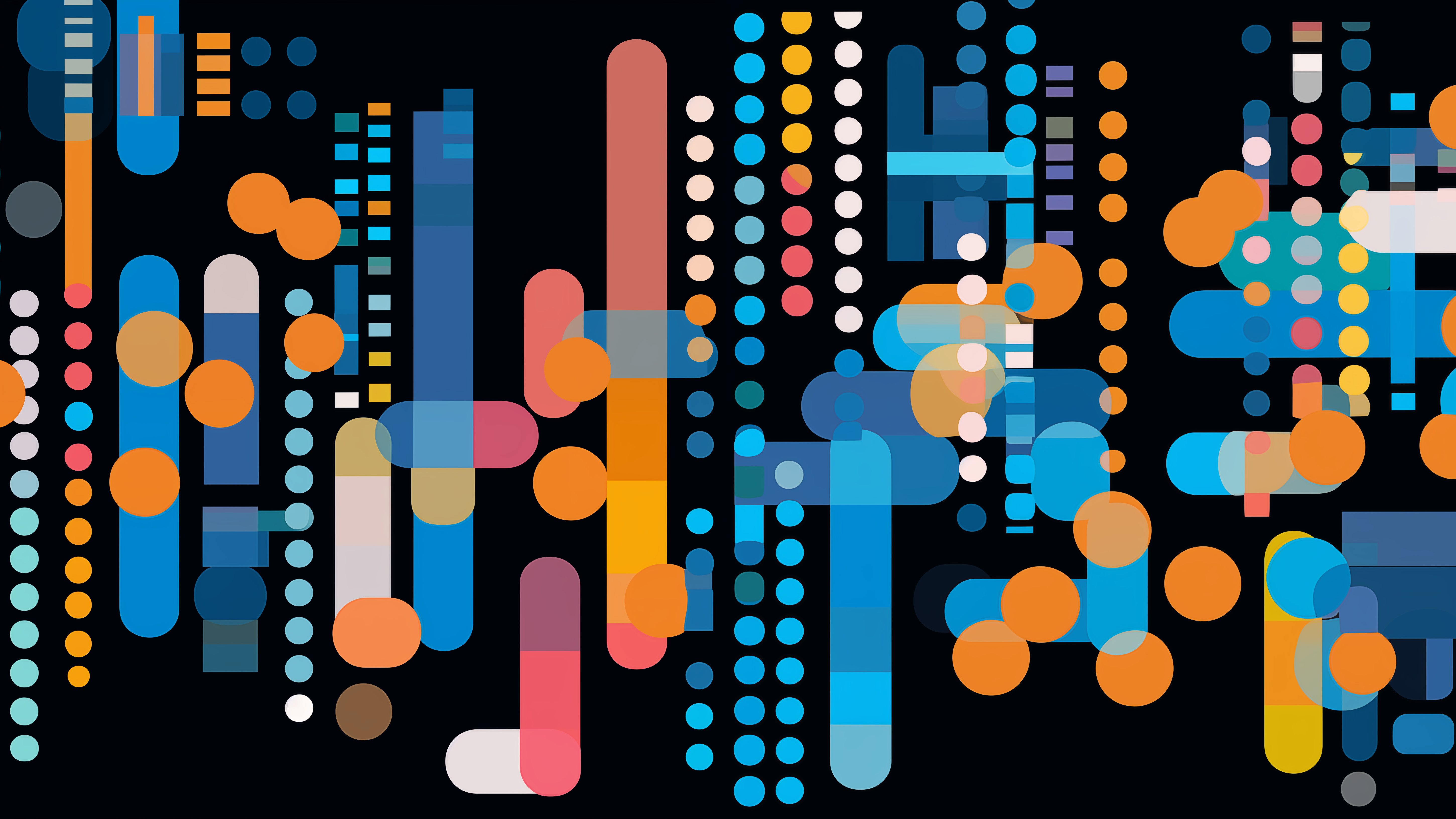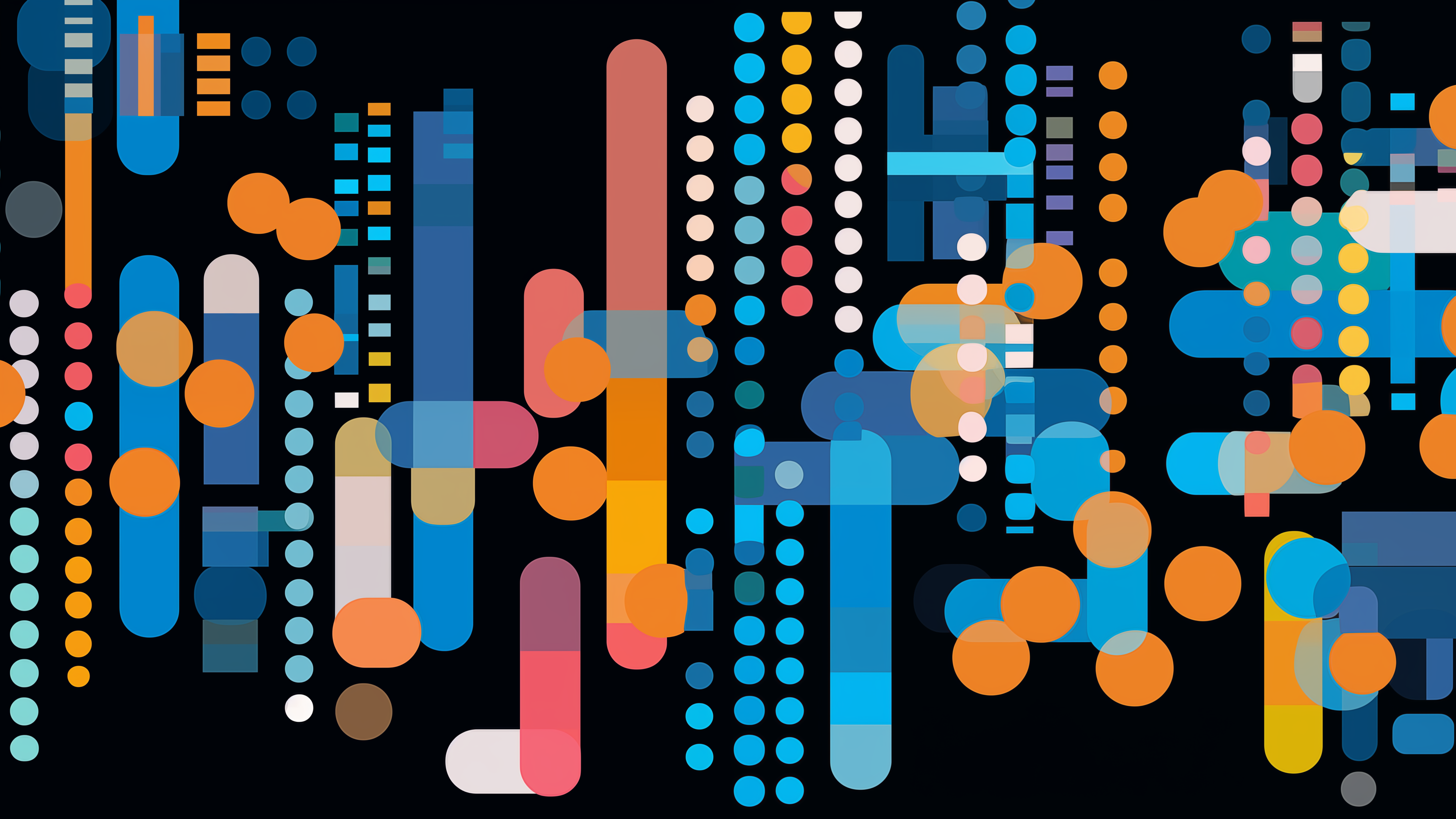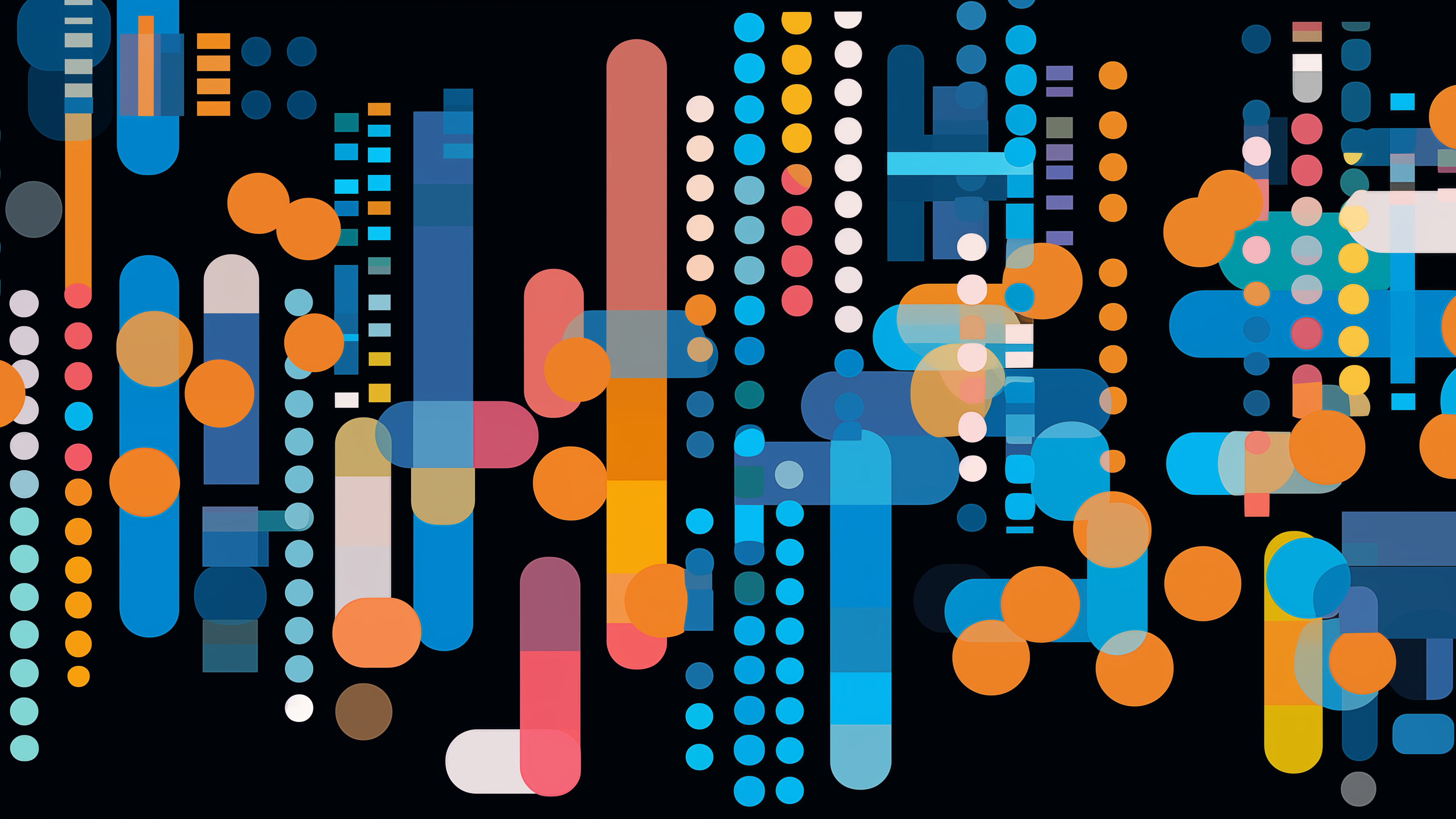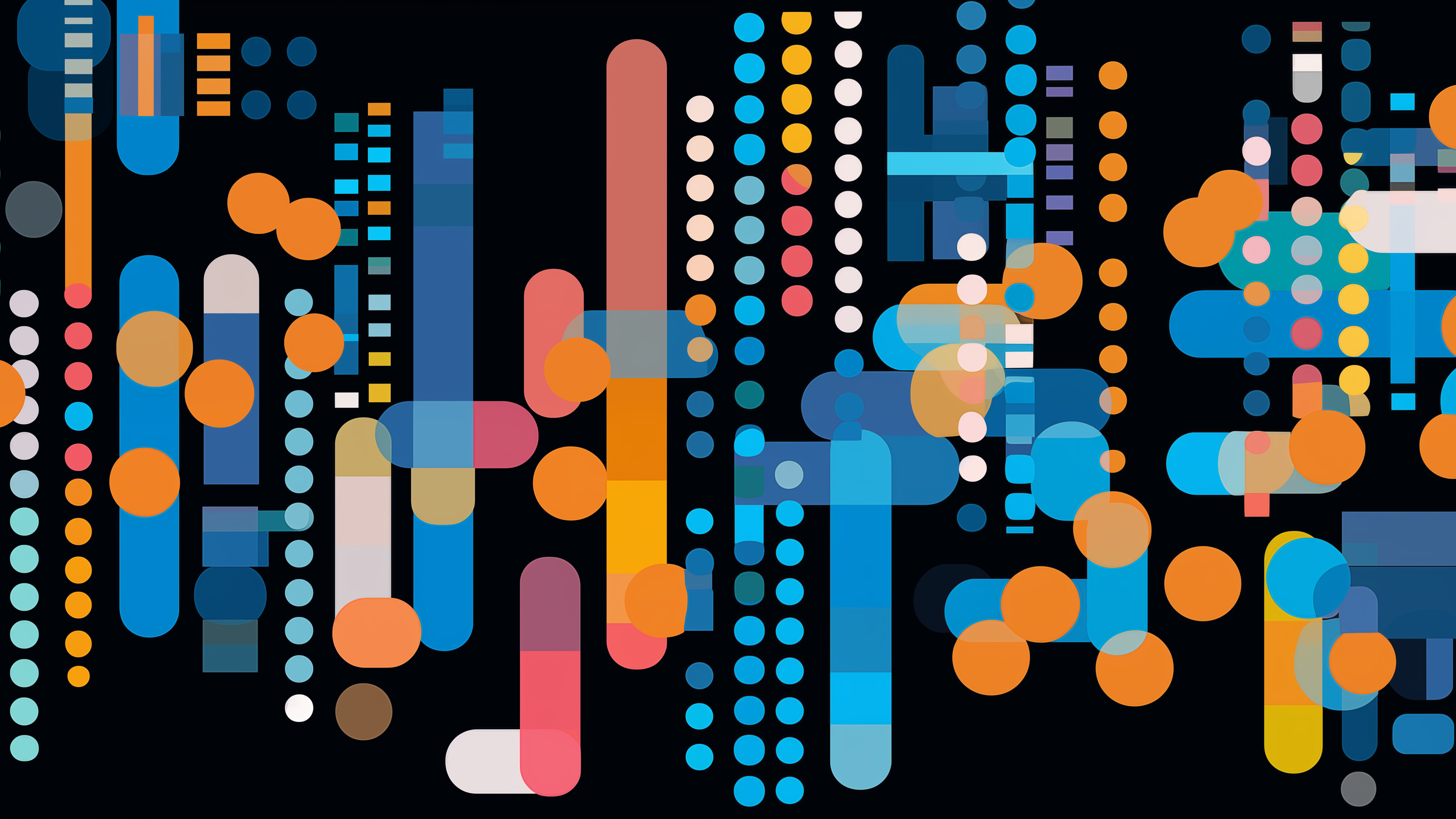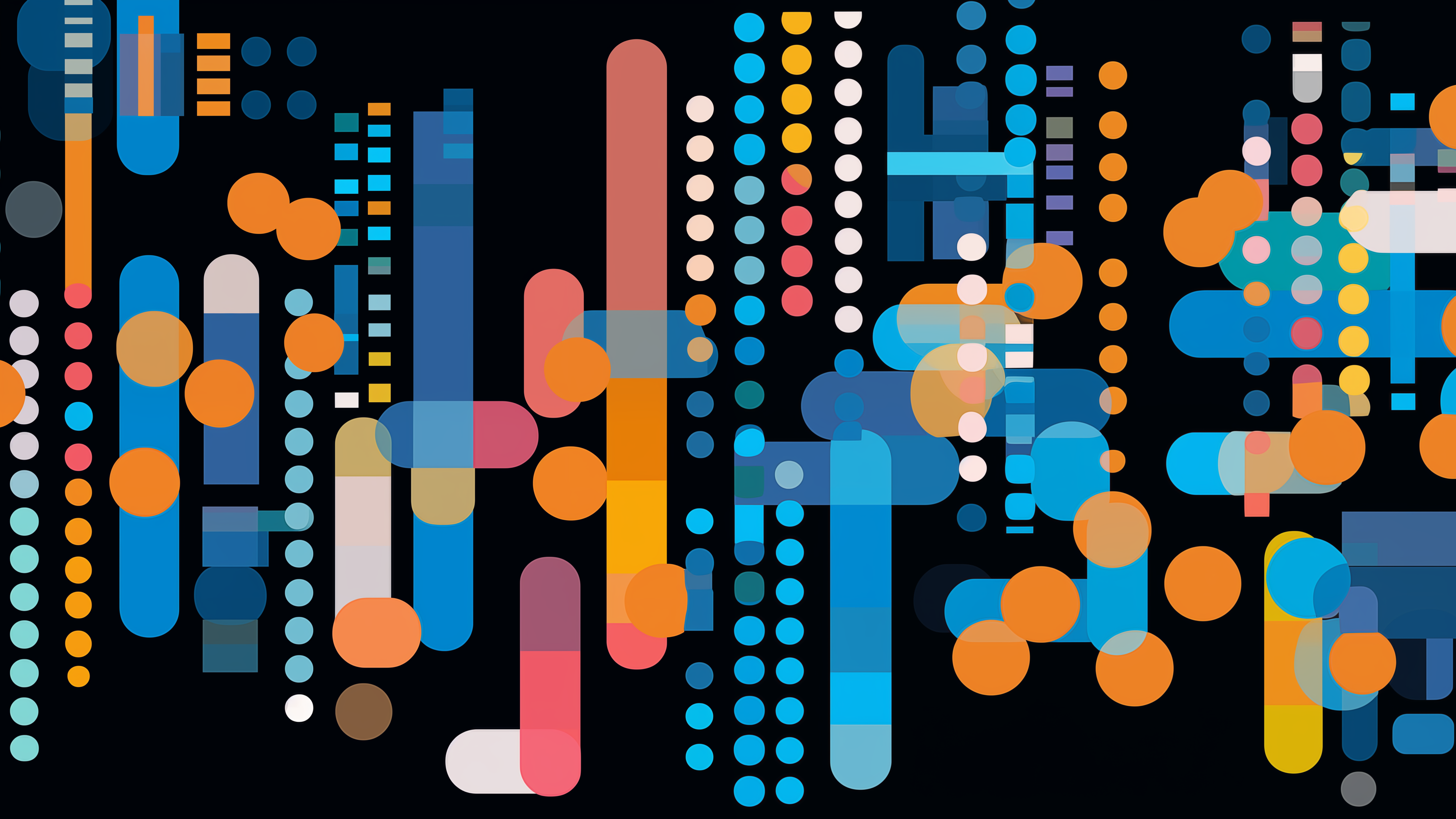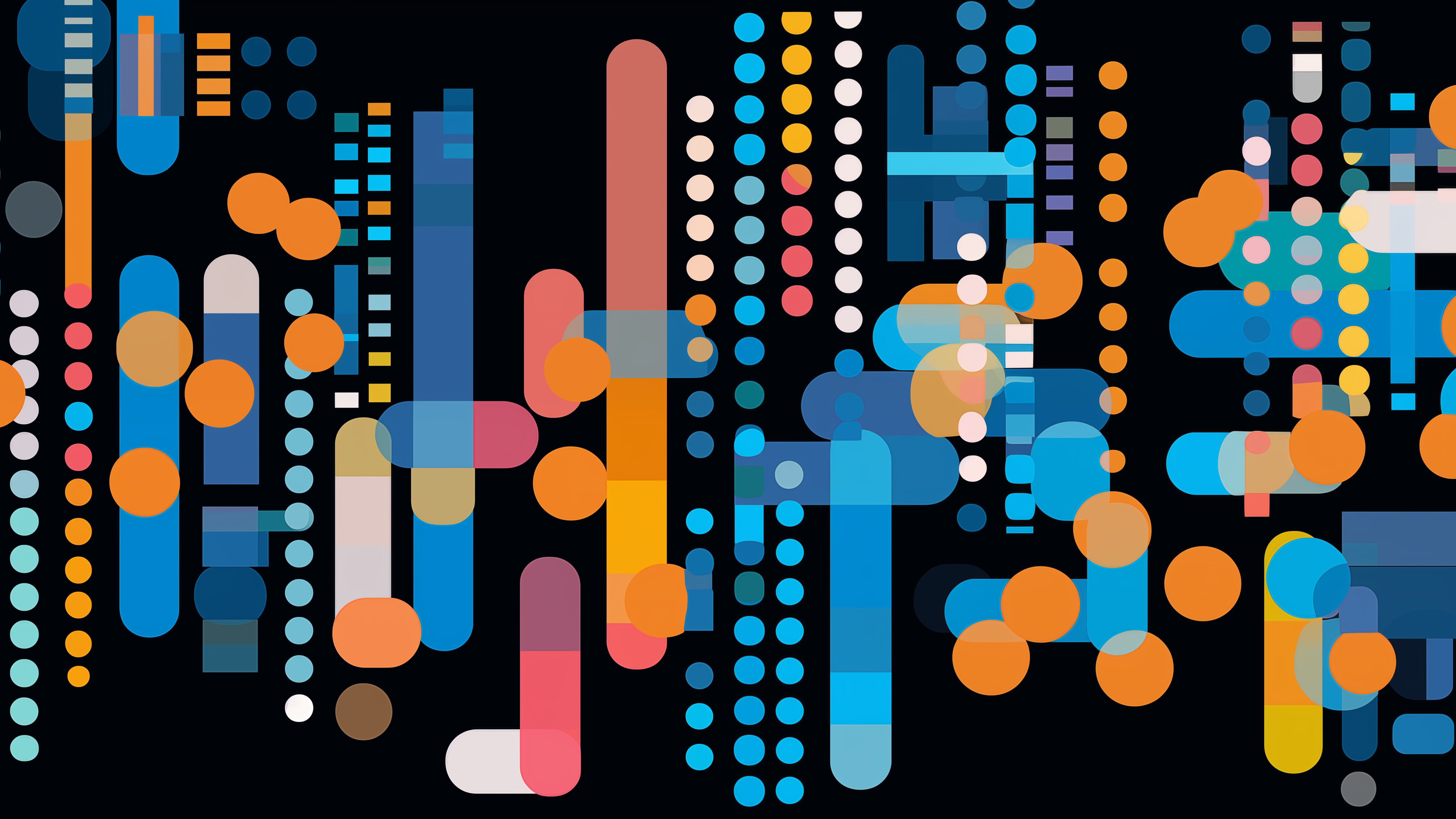The Art of Pattern Recognition: How Humans Shape Graphic Design
In the world of graphic design, there's a fascinating interplay between creativity and psychology.
At the heart of this dynamic relationship lies the innate human ability to recognize patterns – a cognitive skill that profoundly influences the way we perceive and interact with visual information. From logo design to user interfaces, understanding the intricacies of pattern recognition can unlock new dimensions of creativity and effectiveness in graphic design.
The Science Behind Pattern Recognition
Pattern recognition, not to be confused with repetition, is a fundamental aspect of human cognition, rooted in the brain's intricate neural networks. Our brains are hardwired to identify and interpret patterns in the world around us, enabling us to make sense of complex information quickly and efficiently. Whether it's recognizing familiar faces, deciphering written language, or navigating our environment, pattern recognition plays a central role in our everyday experiences. Sometimes we recognise patterns quicker than words!
Impact on Graphic Design
In the realm of graphic design, the principles of pattern recognition shape every aspect of the creative process. Designers leverage this innate ability to create visual compositions that resonate with audiences on a subconscious level. Here's how pattern recognition influences various aspects of graphic design:
Branding and Identity
Logos are prime examples of how pattern recognition influences branding. A well-designed logo incorporates familiar shapes, colors, and symbols that instantly evoke associations with the brand's identity and values. Think of the iconic Apple logo or the Nike swoosh – these simple yet powerful designs rely on pattern recognition to establish instant recognition and memorability.
User Experience (UX) Design
In UX design, understanding how users perceive and interact with interfaces is paramount. Designers leverage patterns such as visual hierarchies, navigation structures, and familiar iconography to create intuitive and user-friendly experiences. Consistent use of patterns helps users navigate digital environments effortlessly, enhancing usability and satisfaction.
Marketing and Advertising
In marketing and advertising, pattern recognition plays a crucial role in capturing attention and conveying messages effectively. Eye-catching visuals, memorable slogans, and repetitive motifs leverage our brain's tendency to gravitate towards familiar patterns, making advertisements more memorable and persuasive.
Harnessing the Power of Pattern Recognition
As graphic designers, harnessing the power of pattern recognition involves a delicate balance of creativity and strategic thinking. Here are some tips for leveraging pattern recognition in your designs:
Embrace Familiarity: Incorporate familiar design elements and motifs that resonate with your target audience's preferences and cultural context.
Create Consistency: Establish visual consistency across all brand touchpoints to reinforce brand recognition and identity.
Simplify Complex Information: Use visual patterns to organize and simplify complex information, making it easier for users to understand and navigate.
Experiment with Repetition: Explore the use of repetition and rhythm to create visual interest and reinforce key messages in your designs.
Stay Mindful of Context: Consider how patterns may be interpreted differently across different cultural or demographic groups, and adapt your designs accordingly.
In conclusion, the art of graphic design is deeply intertwined with our innate ability to recognize patterns. By understanding the principles of pattern recognition and leveraging them strategically in our designs, we can create more impactful and engaging visual experiences that resonate with audiences on a profound level. As designers, let's continue to explore the fascinating intersection of creativity and psychology, unlocking new possibilities in the ever-evolving world of graphic design.


